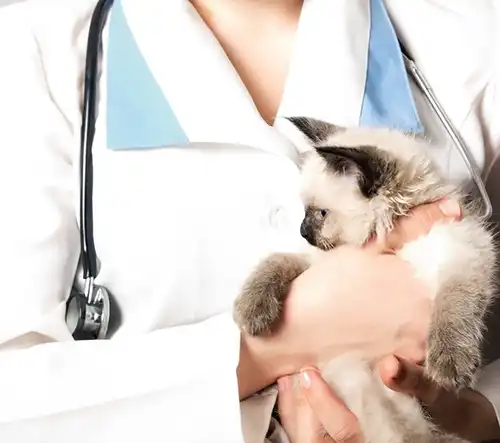How often do you check your pet’s mouth?
November 19, 2014
If you are like many pet owners, the busy demands of everyday life and the difficulty of getting your pet to sit still keep you from doing so as often as you want.
Often, your pet will show signs of oral decay or discomfort with bad breath, sudden changes in eating or chewing habits, or avoidance of touch in that area.
Sometimes, however, there are little to no easily visible signs that your pet’s mouth needs attention, especially during the early stages of a problem. Some oral issues, such as an abscess known as a parulis, can even cause infection and bone loss while remaining virtually undetectable without the help of your veterinarian.
That’s why an oral exam is an especially important part of your pet’s semi annual exam. Doctors may notice decay, broken teeth, or lesions that can be more effectively treated sooner rather than later.
Such was the case with Calypso, a 4 year old domestic longhair, who recently came to visit us for her semi-annual exam. Her owners said that she was having no problems at home and seemed completely healthy, but upon examination we discovered an oral resorptive lesion on one of Calypso’s teeth.
Such lesions are estimated to affect anywhere from 27% to 72% of cats and, though very painful, cats rarely exhibit outward signs of having them.
If left untreated, Calypso’s lesion could have caused bacteria to build up in her body, making her very sick. Fortunately for Calypso, the problem was caught early and with surgery to remove the affected teeth she has now made a full recovery.
Source: North American Veterinary Community Clinician’s Brief, October 2014






!Social Media Icons